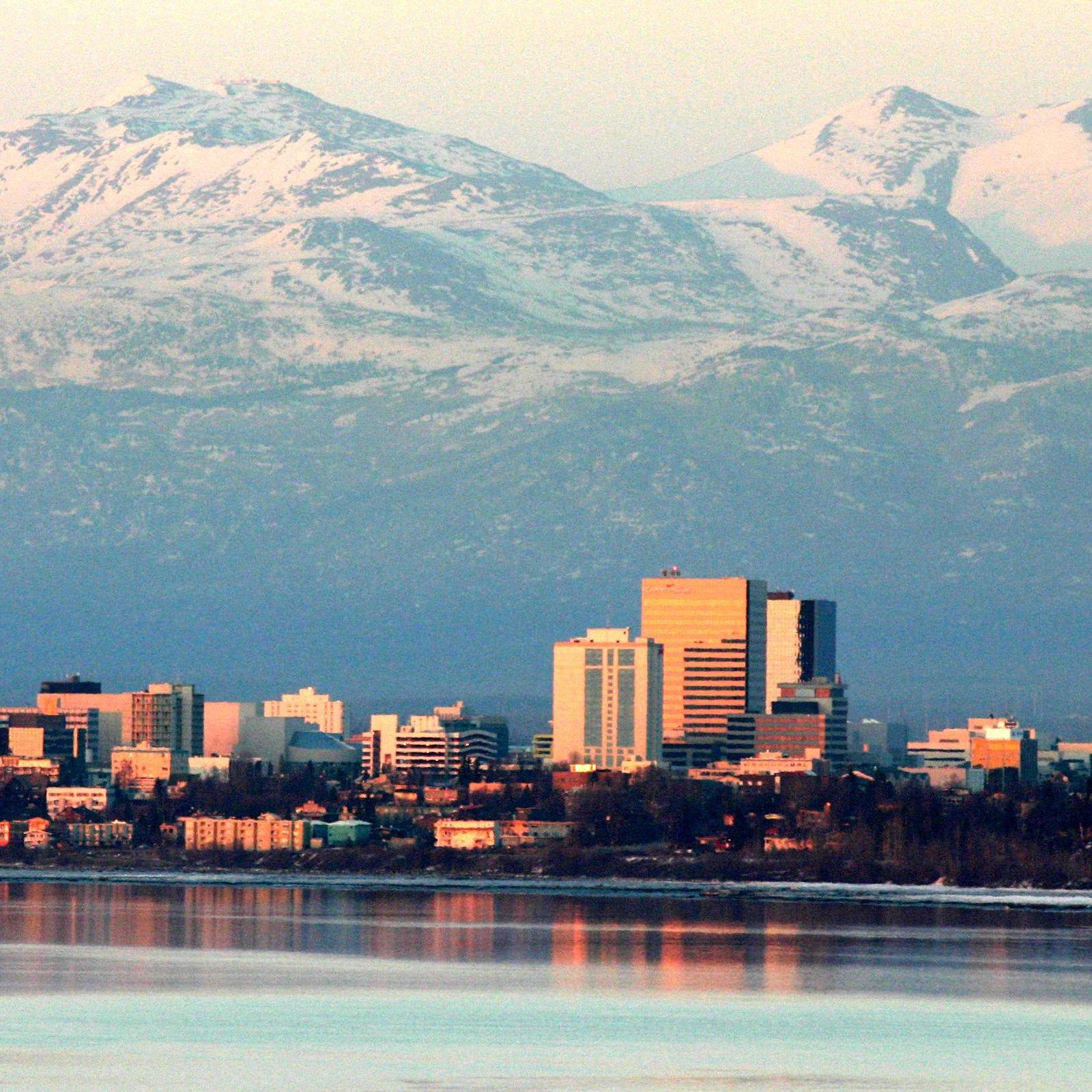On Tuesday, climate researchers published that took 540 North American urban areas and matched each of their projected future climates with the current climate of another. The purpose of the study was to provide a more relatable assessment of climate change’s impact.
This got us wondering: What do the predicted changes mean for the kind of places our readers have dreamed of living? So we decided to take our 2017 list of best towns and see what their climates would look like in 2080, which is the year the researchers used for the process they call “climate-analog mapping.”
St. Petersburg, Florida Transforms into Ciudad Mante, Mexico
The town we selected for “Best Paddling in the Gulf” was actually not included in the study’s climate pairing. However, St. Petersburg is part of the Tampa Bay metro area, which was included.
Tampa Bay’s typical winter is supposed to be almost 75 percent drier in 2080. But, according to , the coastal areas might not feel drier, per say, because by that time, with unchecked emissions, sea level there is projected to be 3 feet higher. That would put most of the place we used as a pillar of our best paddling selection, , completely under water, likely altering the preserve’s mangrove tunnels and making its necklace of islands nonexistent. Luckily for the residents of Ciudad Mante, their city sits at 272 feet above sea level.
Anchorage, Alaska Becomes Powell River, Canada
This projection is absolutely nuts.
According to the study, the typical winter in Alaska’s most populated city will be 24 degrees warmer and more than three and a half times wetter in 2080.
Currently, the metro area we named the best for “Making the Most of Summer” receives an average of about between the months of December and March. That number would jump to just over 11 inches. With winter being two dozen degrees warmer, that precipitation would likely mean more rain than snow. These factors would make the climate resemble that of , which sits on the province’s upper Sunshine Coast and within the traditional territory of the Tla’amin first nations tribe.
In 2017, we wrote that Anchorage “is the kind of town where you can do a 50K nordic race within city limits”—this doesn’t look like it will be possible in 2080.
Bend, Oregon Turns Into Spanish Springs, Nevada
The future climate of our “Best Multi-Sport Town” will resemble that of our “Best Low-Key Hideout” town, Reno, Nevada, of which Spanish Springs is a suburb. Bend’s typical summer will be more than 10 degrees warmer and 44 percent drier.
This one might not be that bad. Our 2017 listing for Bend highlighted the craft brew scene and the town’s . Those two things might not change much, but what about skiing ? As for Reno, we also commented favorably on the Biggest Little City’s libation scene, its own proximity to , and the located at the Whitney Peak Hotel.
But to say that Bend would be just like Reno would of course be a vast oversimplification. And, with a much drier summer, the Deschutes River, which runs right through the middle of town and includes the , would likely be much less of an attraction.
As for Reno, its 2080 climate would resemble that of Hurricane, Utah, which does not experience the high levels of moisture its name might imply. In fact, the typical winter there is about 6 degrees warmer and 41 percent drier.
Missoula, Montana Resembles Lewiston, Idaho
We awarded Missoula the “Best Big Sky” town—pretty much the best town in Montana—for being a place where “loggers, guides, CSA-loving parents, ranchers, and University of Montana students all blend in together.” However, in 2080, the typical summer in Missoula would be almost 9 degrees warmer and almost 9 percent drier, putting it on par with the current climate of Lewiston, Idaho, where the biggest employer is a .
Portland, Maine Will Be Baltimore, Maryland
Named the “Best Top-End Food in Zero-Degree Weather,” the typical winter in Portland would be almost a dozen degrees warmer, meaning there would be far less opportunity to enjoy that top-end food in that zero-degree weather.
In 2080, Portland’s climate would resemble that of Baltimore.
Santa Fe, New Mexico Is Now Clovis, New Mexico
The New Mexican capital was named our “Best Combination of Mountains and Margaritas” and is also the home of ���ϳԹ��� (we like mountains and margaritas). Clovis, a small town near the state's eastern border, feels more like Texas than New Mexico. That's how the capital city would feel too with the typical summer projected to be 8 degrees warmer and over 14 percent wetter in 2080.
Find Your Hometown’s Climate Analog
The researchers created the climate analogs for these 540 North American urban areas to “provide an intuitive means of raising public awareness of the implications of climate change.” In pursuit of that goal, they matched locations that would be accurate representations of the potential climate of the future for those places while also being potentially familiar to residents. So, the best way to make the data hit home is to find your town on this .


